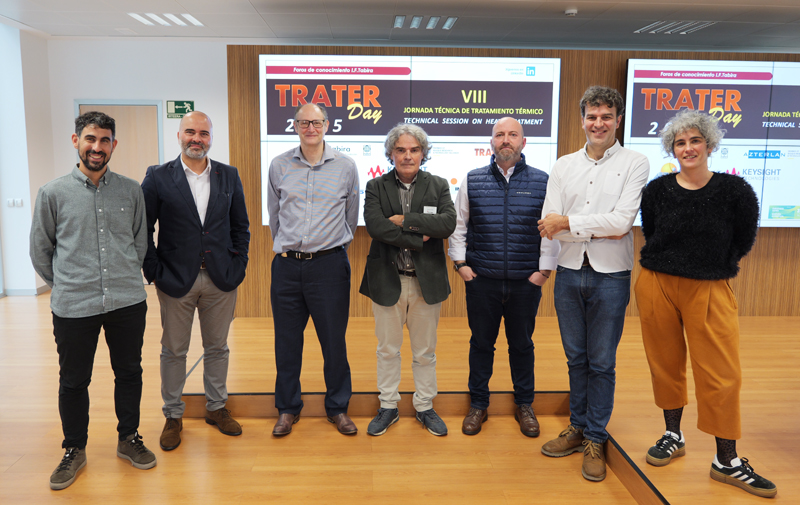Tool steels are characterized by their high alloying levels and excellent wear resistance in service. These steels are generally rough and semi-finished machined from a soft annealed supply. Before machining, they usually undergo austenitizing and hardening treatments that require very high temperatures, exceeding 1,100°C, and multiple tempering processes. This material, therefore, has a high environmental impact, due to the contribution of alloying elements to its carbon footprint and because it requires heat treatments at very high temperatures (compared to other hardened and tempered steels, which can be hardened at lower temperatures, around 900°C).
Therefore, in the typical manufacturing process for these elements, heat treatment plays a fundamental role in ensuring the structure and mechanical properties of the tools. Rationalizing energy consumption in this phase of the process can be achieved by addressing various factors, ranging from the type of energy consumed or the working temperatures used, to more advanced strategies associated with the metallurgy of alloys and mastery of their phase transformations.
At the same time, with the goal of improving the sustainability and manufacturing costs of these production means, a growing manufacturing strategy involves the development of bi-material tools, where a base material (a more common, lower-alloy steel) serves as the substrate or tool body, providing toughness, while another material with more advanced properties (a tool-steel) added on the work surface through additive technologies offers improved wear resistance.
By combining these two lines of work, the research team comprised of the AZTERLAN Metallurgy Research Centre and MESHIND, a developer of industrial solutions using additive metal technologies, has successfully developed bi-material forming tools, reducing or even eliminating austenizing and tempering heat treatments. This achivement has been possible thanks to the use of laser technologies to harness the heat generated during the additive process, which influences the design of tool steel chemistry and the development of advanced laser cladding parameters.
As Dr. Garikoitz Artola, Head of Forming Technologies at AZTERLAN, explains, “By combining alloy development and the production process, we have designed applications in which the hardening that occurs during metal addition leaves the tool steel in serviceable condition. The result is a hardfacing on which finishing machining can be performed directly, and the tool can be put into use without the need for subsequent heat treatment.”
This strategy allows achieving surface hardnesses of up to 60 HRC on the as-clad tool, without the need to consume energy in subsequent reaustenitizing heat treatments, thanks to the use of laser beam power. The result, in addition to being machinable in the as-clad state, should reach the end of its life through wear mechanisms, not crack propagation. Because these steels exhibit reduced toughness in the as-hardened condition, the design of the tool steels used must be particularly careful with the balance between hardness and toughness.
In other application scenarios, when hardness values greater than 60 HRC or improved toughness are required, tempering can be applied after hardening. These treatments take advantage of the precipitation of secondary carbides, the tempering of martensite, and the transformation of residual austenite to regulate the toughness-hardness balance. Although in these cases, some short-term energy efficiency is sacrificed, the entire product life cycle must be considered. When the tool’s required lifespan is long, the extra durability achieved through annealing can lead to energy savings by avoiding the need to replace a tool processed in an as-clad condition.
In the words of Unai Garate, CEO of MESHIND, “the advantages of this process go beyond improved energy efficiency or a reduced carbon footprint,” referring to the fact that it also provides significant improvements in the speed of the manufacturing process by reducing intermediate steps, which often require logistical movement of parts within or outside the production plant itself.


